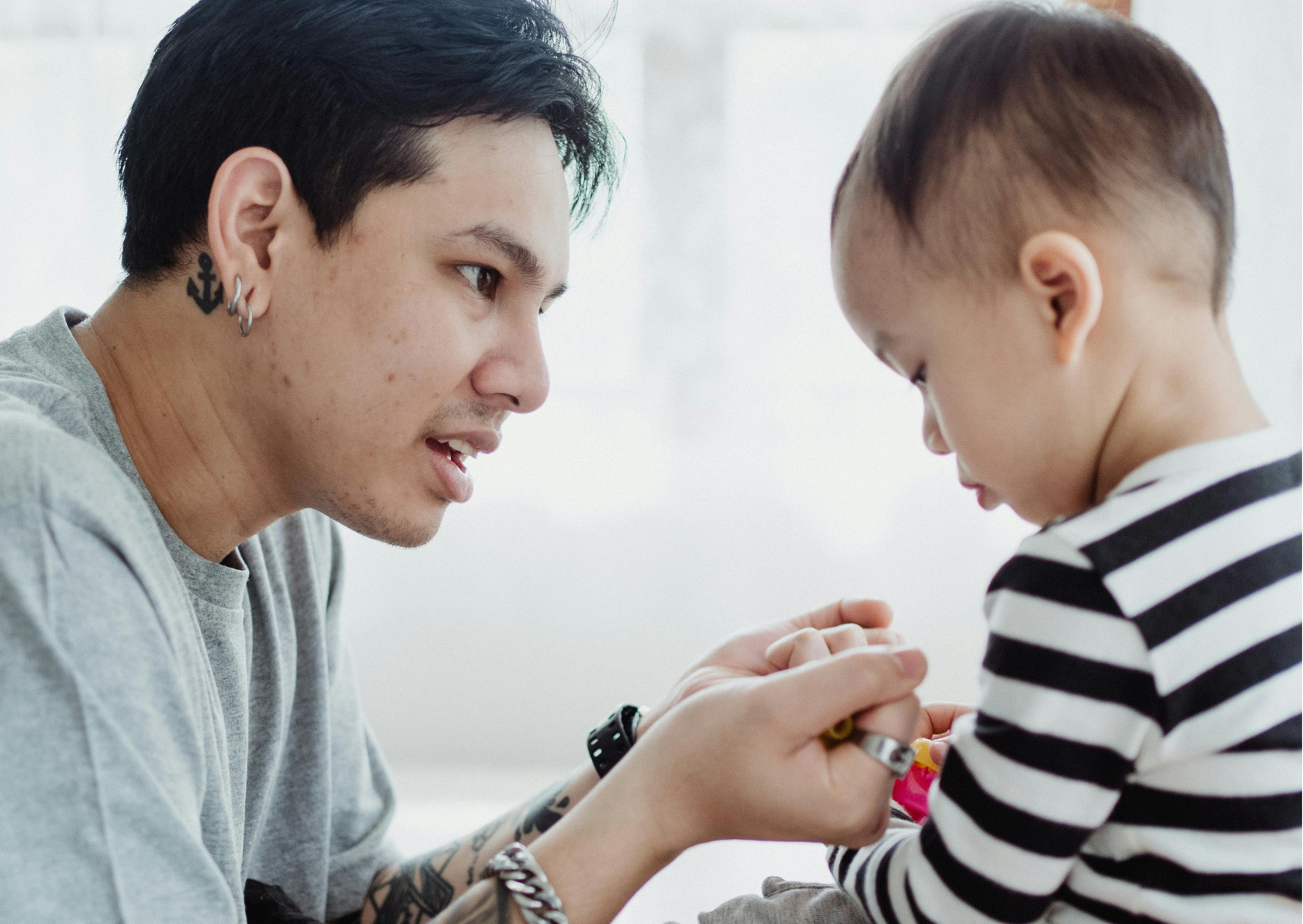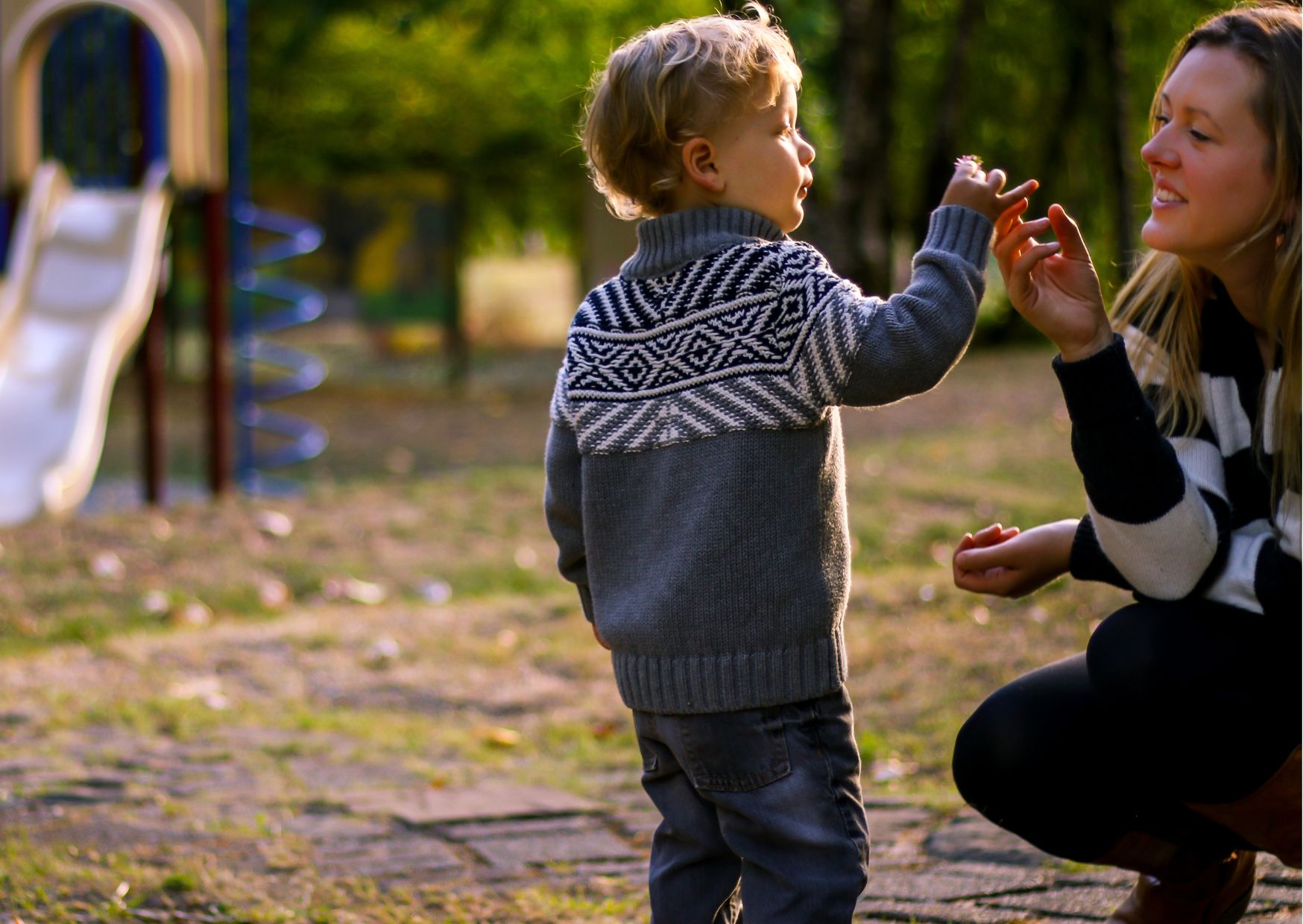

Imagine that you’ve just been in a car accident. Thankfully you’re okay. But your heart is still racing, and your mind is in a spin. Your best friend arrives at the scene to find you crying. She says to you sternly: ‘You’re fine. Stop making such a big fuss. No-one’s been hurt. This is not a big deal – the cars just got a small ding. Insurance will sort it all out.’ Is that what you needed to hear? Or did you need to hear her say kindly – ‘What a shock. That must have been so frightening. You’re safe now. Let me give you a hug Let’s take a few deep breaths to collect ourselves. There’s no hurry’. Take a moment to register how each of these responses feel for you.
The first response denies and minimises your fear and distress. Your friend demands that you put on a brave face, keep your feelings to yourself and act as if you’re okay. In the second response, your friend attunes to your inner world; she lets you know that she understands your fear and distress and places no demand on you to have any experience other than the one you are having. Feeling seen allows you to feel soothed. The empathy and connection your friend offers feels comforting and calming; it steadies your nervous system and readies you to recover.
Paradoxically, giving space for feelings allows them to dissipate.

Children also need to feel seen and soothed when they’re upset. However, many adults have inherited a cultural fear of feelings which makes them uncomfortable when children express sadness, anger, or distress. This can lead them to respond to children’s feelings in unhelpful ways. For example, when a child becomes upset that their friend is not playing with them, they may:
However well-intentioned, these responses fail to help the child learn how to understand and manage their feelings.
It starts by recognizing that feelings act like an emotional guidance system to give us messages about our needs.
For example:
a child’s anger is telling them that they have a goal that is being blocked;
their sadness is telling them that something important is missing in their lives;
their fear is telling them that they need safety.
When children are upset, we can use emotion coaching to help them learn about their feelings and to soothe and calm them. Emotion coaching also helps children develop the crucial life skills of self-regulation (how do I manage my feelings when the world is not going my way?), and problem solving (what can I do to get my needs met?)

Three key principles underpin emotion coaching – all wishes are acceptable (it’s ok to want to play with your friend); all feelings are acceptable (it’s understandable to be angry when your friend doesn’t want to play with you); not all behaviors are acceptable (hitting your friend is unacceptable).
1. Be aware of feelings
- Accept that emotions are a natural part of life.
- Observe, listen, and learn how children express different emotions.
- Watch for early changes in facial expressions, body language, posture, and tone of voice as cues about how a child is feeling.
- Recognise that children need our help to manage feelings (children’s immature brains means they are not able to handle big feelings on their own).
2. Connect
- When you notice a child is feeling upset, take slow, deep belly breaths to calm your nervous system. This will help you calm the child’s nervous system.
- Get down to the child’s level, use a kind tone.
- Make eye contact and offer gentle touch if the child is ready.
3. Listen
- Repeat back what the child says to you so that they feel heard. (‘Mia didn’t want to play with you. She told you to go away’)
- Use the phrases ‘you were hoping’ and ‘you wanted’ to help the child feel understood, and to recognize why they’re upset. (‘You were really hoping she would play with you today because she’s your friend and you love playing with her).
4. Name the feeling
- Use a wide variety of words to name children’s feelings.
- If you’re not sure what they’re feeling. Offer your best guess (‘You seem upset/sad/mad?’)
5. Set limits and find good solutions.
- In some instances – for instance if a child is missing their parents, it may be that the only solution is to have a cuddle or engage in some comforting activities (rocking, reading, singing) until the child’s difficult feelings have passed.
- You may need to offer two positive choices for younger children ('Mia doesn’t want to play with you right now. So, while you’re waiting for her you can draw with me or play with the dolls house with Tim. Which one suits you best?’)
- Older children can be involved in solving the problem (‘You want to play with Mia but she’s doing something else at the moment. How could we solve this problem?’)
- Set limits if the difficult feelings have led to difficult behaviors.

If the child’s upset is small, this emotion coaching process may take less than a minute. If the child is deeply distressed, an adult may need to spend a lot of time at step 2 – breathing and offering soothing connection – before a child is ready for the next steps; you can’t hurry this process. When children are noticed and responded to with early signs of feelings, children become calmer sooner because they feel seen and heard. This can prevent feeling (and therefore behaviors) from becoming too big and too overwhelming. When children learn to regulate how they feel, they can regulate how they behave.
Because emotion coaching gives children words for their needs and feelings (‘You seem upset. You wanted to have the first turn’), they learn how to express themselves verbally (I’m upset! I want the first turn’) instead of physically (bop!). This helps children remain regulated enough to solve their problems (‘I can do something else while I’m waiting’). As children experience understanding and empathy from their adults, they learn to understand the needs and express empathy for the feelings of their peers (‘My friend is sad because her mummy’s not here. I’ll get her snuggly for her’). This reduces conflict as children have the skills to negotiate and get on with others. Setting them up for positive relationships throughout their lifetime.

When we understand that feelings are not to be feared, but to be welcomed, we can help children feel seen and soothed. This readies them for problem solving. Overtime, this creates a sold foundation for strong self-regulation. Emotion coaching is not a tool to jolly children up; it’s not a fast track to having a happy child; it’s not a way to stop children from being upset. Nor is it about wallowing in feelings. But it is a way to effectively soothe a child; to provide a sense of feeling seen and connected, and to build important self-regulation and problem-solving skills.
